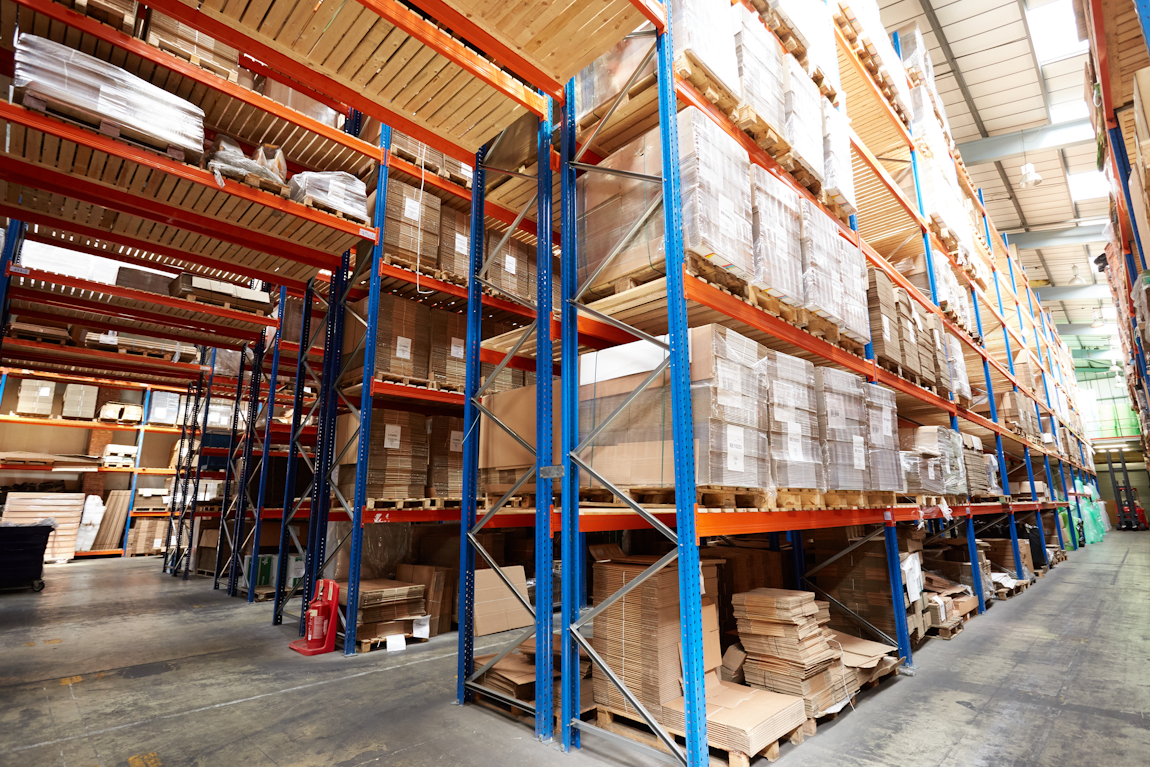In this blog post, we explore three valuable packaging tips that can help businesses achieve these goals while improving their overall operations.
1. Utilise right-size packaging solutions
One of the most effective ways to save space, reduce costs, and support eco-objectives is by utilising right-size packaging. Often, businesses default to using standard-sized boxes or containers, leading to wasted space and the need for extra filler materials. By customising your packaging products to fit the specific dimensions of your products, you can eliminate excessive voids and minimise the amount of additional cushioning materials required for safe transportation.
Investing in custom-sized cartons, as well as flexible packaging options such as polybags can greatly contribute to space optimisation. These tailored solutions ensure a snug fit, minimising wasted space and eliminating the need for additional void fill solutions. However, this is easier said than done. Optimising a packaging solution to achieve perfect fit requires expertise and careful consideration – it goes beyond simply selecting a smaller box.
In order to achieve an optimal solution, an in-depth understanding of product dimensions, weight distribution, fragility, transportation constraints, and other special requirements is needed. This is where bespoke packaging comes in. Bespoke packaging offers a number of advantages to those looking to save space, reduce costs and meet sustainability targets. Through tailored protection, material selection, and space utilisation, a proper bespoke packaging solution can make all the difference in today’s competitive market.


